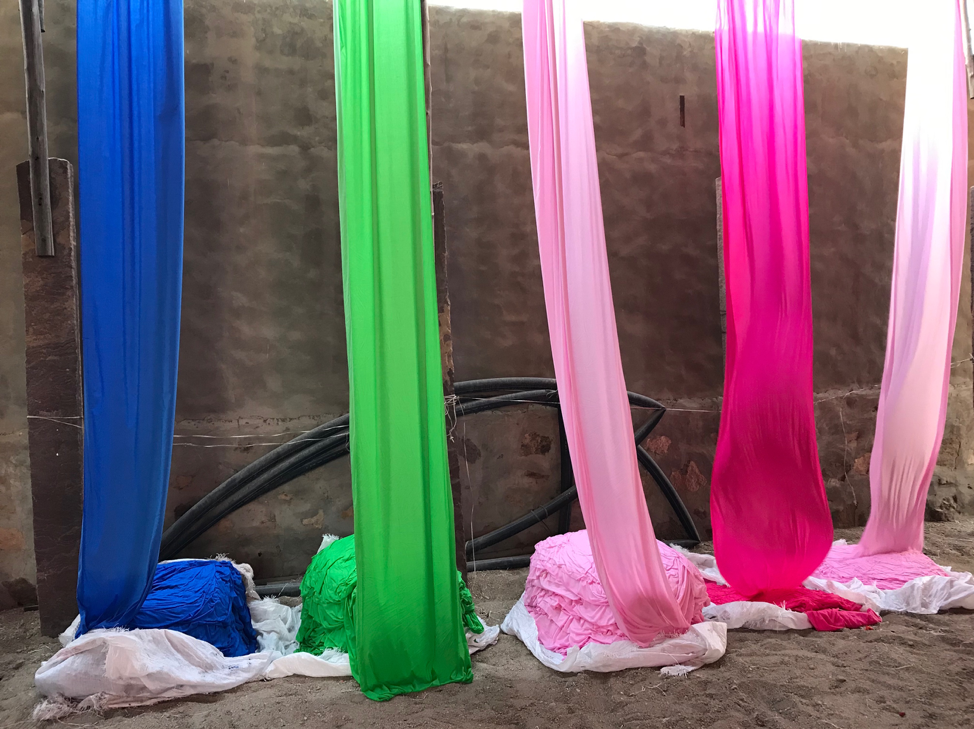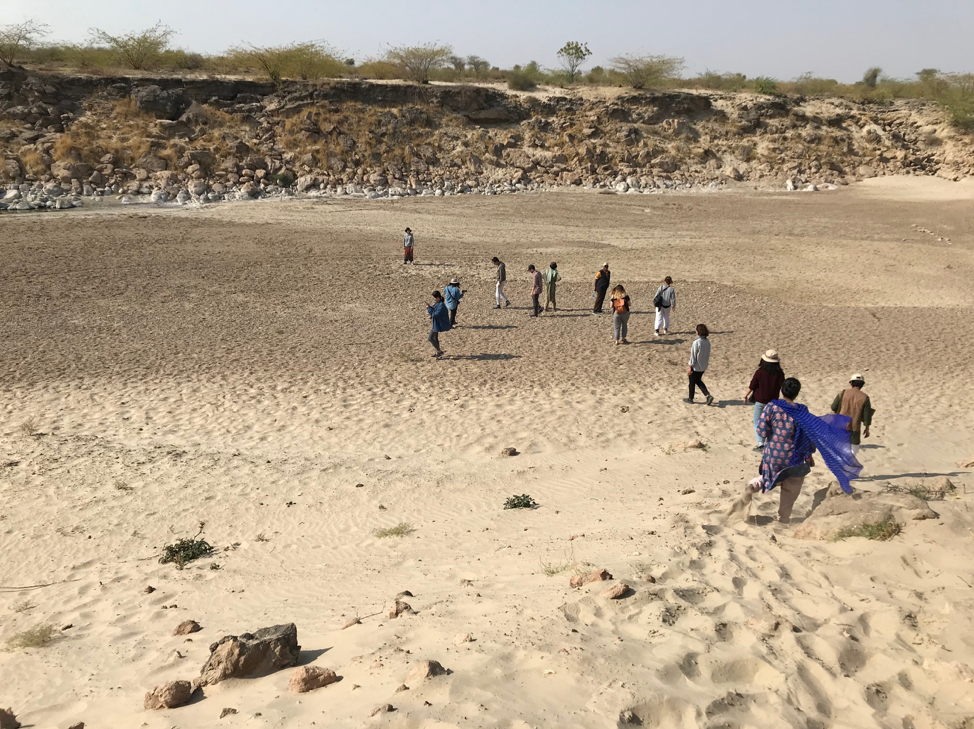2017-18 Faculty Seed Fund Sprouts and Shoots: Part 6
March 15, 2019
In roundtables convened in Williams Hall November 1 and 15, 2018, faculty recipients of the 2018 Research and Teaching Seed Fund awards presented first fruits of their projects to faculty, staff and students. Drawing on those presentations, this series offers a brief glimpse of the exciting new initiatives in environmental humanities being developed by Penn faculty with support from the fund.
This final note in the series is a second dispatch from the "Behind the Scene" project, a collaboration between Anuradha Mathur (Landscape Architecture, PennDesign), Matt Neff (Fine Arts, PennDesign), and Jim Sykes (Music, School of Arts & Sciences). Read their first field note here.
We recently announced the recipients of the 2019 Seed Funds for faculty initiatives that seek to create new courses in environmental humanities, design public engagement tools, and develop innovative cross-disciplinary research projects that push the boundaries of environmental inquiry at Penn. Stay tuned for the next Call for Applications in Spring 2020.
Behind the Scene: Engagement with Local Communities, Artists, and Artisans in Barmer, India
Matt Neff (Fine Arts, PennDesign)
With the support of a PPEH seed grant, I recently traveled to the Barmer district of Rajasthan with Anu Mathur and a group of graduate students in Landscape Architecture. The funding opened up an opportunity for me to expand my studio practice by working with local printmakers to learn natural printing and dyeing techniques and allowed me to research new teaching methods and strategies. In Barmer, we met potters creating ceramic vessels using an ancient clay recipe that allows the pots to “breathe” while naturally insulating the water inside. In the desert, we saw musicians perform traditional folk music songs on hand-made instruments constructed from local materials. In Bagru, printmakers taught us to print using hand carved wooden blocks made from indigenous trees to create complex patterns in an array of rich colors made with local plant-based dyes. Each tradition and cultural practice revealed a contemporary application of ancient knowledge passed down through familial lineages and each practice has always been intimately connected to the environmental conditions of the desert landscape, sustained by the collection and conservation of annual monsoon water. The group’s collective on-site research, collaborations, and design propositions, initiated important conversations between artists, designers, business owners, government officials, farmers, and local community leaders in Barmer. We all returned to Penn with a rich a rich archive of material studies, fieldwork research, collaborative inquiry, and an ongoing dialogue around potential future projects.








